Seebio Glucagon-like Peptide-1 (GLP-1): An Oral Diabetes Receptor Agonist.
Glucagon-like peptide-1 (GLP-1), mainly secreted by L cells in the ileum and colon, promotes the secretion of insulin from pancreatic beta cells in a glucose concentration-dependent manner and plays a role in regulating blood glucose homeostasis in the body. GLP-1 receptors are widely distributed in various organs and tissues throughout the body, including the central nervous system, gastrointestinal tract, cardiovascular system, liver and adipose tissue, muscles, and more. Therefore, GLP-1 receptor agonists have multiple mechanisms for lowering blood sugar, such as promoting insulin production and secretion, increasing insulin sensitivity, inhibiting glucagon secretion, inhibiting beta-cell apoptosis, reducing hepatic glucose output, suppressing appetite, delaying gastric emptying, and gastrointestinal motility. Additionally, in neural tissues, GLP-1 receptor agonists can protect nerve cells, resist anorexia, and enhance memory. In the cardiovascular field, they help improve cardiovascular function and reduce inflammation. Therefore, GLP-1 and its receptor agonists have a wide range of potential applications in the treatment of diabetes and related metabolic disorders.

GLP-1 is involved in the regulation of multiple organs[1].
GLP-1 receptor agonists (GLP-1RAs) belong to the class of incretin mimetics and can exert the same biological effects as natural GLP-1 while avoiding degradation, thus prolonging their action and regulating blood glucose, and treating diabetes.

Molecular model of GLP-1 interacting with GLP1R[2].
Semaglutide was approved by the FDA in December 2017. In comparison to liraglutide, it replaces the Ala amino acid at the 8th position with the non-natural α-aminoisobutyric acid (Aib) amino acid to avoid DPP-4 degradation. A C18 fatty acid (C18) diacid lipid chain is introduced, while liraglutide has a C16 fatty acid. In semaglutide, the fatty diacid chain is connected to Lys26 via a glutamic acid and two 8-amino-3,6-dioxaoctanoic acid (ADO) parts to achieve optimal binding affinity. The binding affinity of semaglutide to the GLP-1 receptor is slightly lower, which can be attributed to the longer lipid chain and the presence of a terminal acid group on the fatty acid. In clinical studies, semaglutide is degraded by enzymes before renal clearance. Due to its slow enzyme degradation and reduced renal clearance.
Research areas:
Mechanism of action of GLP-1: Glucagon-like peptide-1 (GLP-1) is a peptide hormone released through the intestine and communicates with the brain through the blood-brain barrier and interaction with the vagus nerve. It activates the hypothalamus, periventricular organs, and the brainstem, including the nucleus of the solitary tract (NTS), to regulate feeding, energy/glucose metabolism, and the cardiovascular system[3].

Importance of GLP-1 in hepatic energy metabolism: Studies have found that the vagal nerve disconnecting the elevation of GLP-1 or preventing the overproduction of VLDL induced by a high-fat diet and insulin resistance. This suggests that GLP-1 plays an important role in regulating hepatic energy metabolism through the intestinal-liver loop[4].

Regulation between the stomach and the lower intestine by GLP-1: GLP-1 acts through intestine peptide-mediated regulation between the stomach and the lower intestine. Studies have found that gastrin-releasing peptide plays a key role in initiating the secretion of GLP-1 by L cells. Conversely, GLP-1 secreted by the lower intestine mediates the ileal braking mechanism, reducing gastric emptying and gastric acid secretion, among others[5].
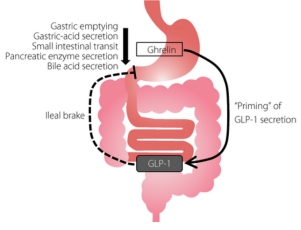
Lifecycle and distribution of GLP-1: GLP-1's lifecycle is primarily managed by intestinal L cells, responsible for its production and secretion. After being released into the portal circulation, GLP-1 is degraded by dipeptidyl peptidase-4 (DPP-4). Only 25% of the initially secreted GLP-1 reaches the liver and is further degraded in the liver. Only 10% to 15% of GLP-1 reaches peripheral target organs, including the pancreas, brain, gastrointestinal tract, lungs, and heart[6].

GLP-1R Agonist Product List
| Product | Structure | CAS | Formula | Weight |
| Semaglutide |
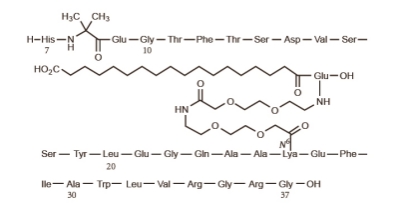
|
910463-68-2 | C187 H291 N45 O59 | 4113.58 |
| Main chain of Semaglutide, peptide sequence (9-37) |
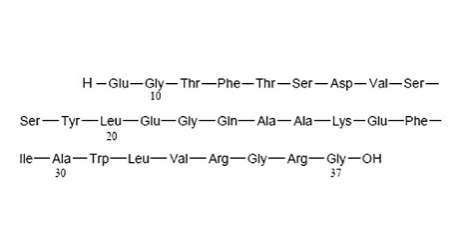
|
1169630-82-3 | C142 H216 N38 O45 | 3175.5 |
| Semaglutide intermediate tBuO-Ste-Glu(AEEA-AEEA-OH)OtBu |
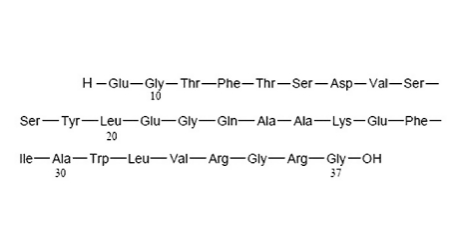
|
1118767-16-0 | C39 H71 N3 O13 | 846.11 |
| Semaglutide intermediate tBuO-Ste-Glu(OtBu)-AEEA-AEEA-OSU |
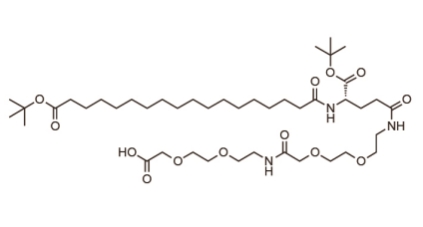
|
1118767-15-9 | C43 H79 N3 O13 | 943.17 |
| Boc-His(Trt)-Aib-Glu(OtBu)-Gly-NHS |
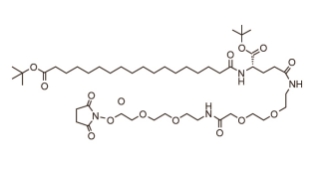
|
1169630-40-3 | C39 H66 N4 O15 | 830.96 |
| Alanine,N-[(9H-fluoren-9-ylmethoxy)carbonyl]-L-histi dyl-2-methyl- |
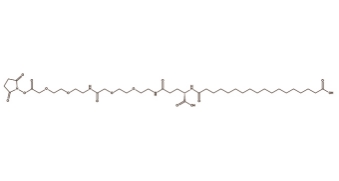
|
1446013-07-5 | C25 H26 N4 O5 | 462.5 |
| (S)-4-Amino-5-(tert-butoxy)-5-oxopentanoic acid |
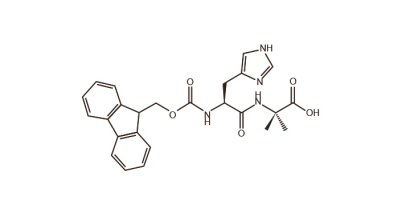
|
45120-30-7 | C₉H₁₇NO₄ | 203.23 |
| Insulin degludec |
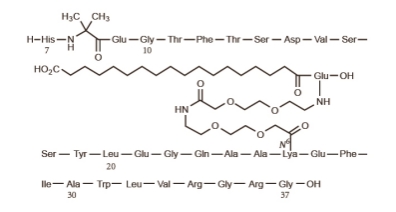
|
844439-96-9 | C274 H411 N65 O81 S6 | 6103.97 |
References:
[1]. Juris J. Meier. GLP-1 receptor agonists for individualized treatment of type 2 diabetes mellitus. https://doi.org/10.1038/nrendo.2012.140
[2]. Mi Jin Moon,et al. Evolutionarily conserved residues at glucagon-like peptide-1 (GLP-1) receptor core confer ligand-induced receptor activation. doi: 10.1074/jbc.M111.276808
[3]. Kenichi Katsurada,et al. Neural effects of gut- and brain-derived glucagon-like peptide-1 and its receptor agonist. https://doi.org/10.1111/jdi.12464
[4]. Rituraj Khound,et al. GLP-1 Elicits an Intrinsic Gut–Liver Metabolic Signal to Ameliorate Diet-Induced VLDL Overproduction and Insulin Resistance.https://doi.org/10.1161/ATVBAHA.117.310251
[5]. Hiroaki Ueno,et al. Is ghrelin a glucagon-like peptide-1 secretagogue. https://doi.org/10.1111/jdi.12431
[6]. Lili Tian,et al. The incretin hormone GLP-1 and mechanisms underlying its secretion. https://doi.org/10.1111/1753-0407.12439
